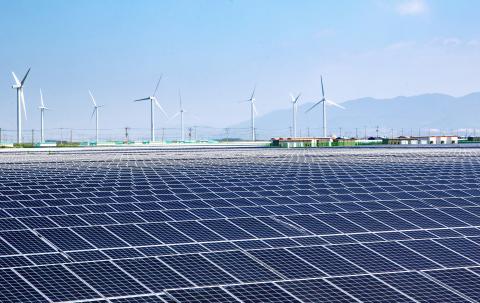Islamabad, June 18, 2025 – The Pakistani government has reduced the proposed General Sales Tax (GST) on imported solar panels from 18% to 10% for the Fiscal Year 2025-26, Deputy Prime Minister Ishaq Dar announced during a National Assembly session on Wednesday.
The decision follows consultations and comes a day after the National Assembly’s finance committee rejected the initial 18% GST proposal, which aimed to align with International Monetary Fund (IMF) fiscal targets while supporting local solar panel manufacturers. Dar emphasized that the 10% tax rate reflects a balanced approach to encourage solar adoption while addressing market imbalances. The government projects solar imports to exceed Rs110 billion next fiscal year, generating approximately Rs20 billion ($71 million) in tax revenue.

The tax reduction responds to concerns that higher levies could hinder Pakistan’s rapid solar energy growth, driven by households and businesses seeking relief from soaring electricity tariffs and frequent power outages. Solar power accounted for over 14% of Pakistan’s energy supply last year, up from 4% in 2021, making it the third-largest energy source, according to UK-based think tank Ember. Net-metered solar capacity has surged from 1.3 gigawatts in FY2023 to 4.9 gigawatts by March 2025, per Renewables First.
Federal Board of Revenue (FBR) Chairman Rashid Langrial highlighted that the tax aims to level the playing field for local manufacturers, as locally assembled panels already face GST, while imported panels were previously tax-free. He noted that Pakistan imported 32,000 MW of solar capacity over the past five years, with 13,000 MW remaining unused, and cited issues like over-invoicing as justification for the levy.
The move aligns with Pakistan’s efforts to meet IMF conditions, including last year’s sharp increases in power and gas tariffs to stabilize the energy sector. While the reduced tax supports the country’s renewable energy goals, industry stakeholders warn that any levy could slow the momentum of solar adoption critical to easing pressure on the national grid.




